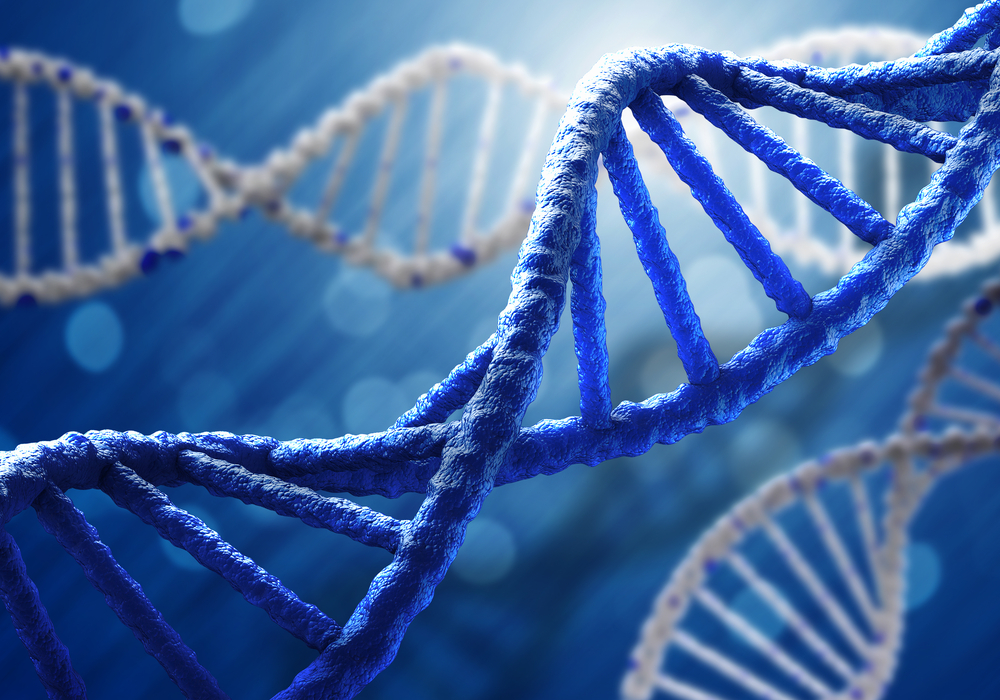
Though geneticists laud CRISPR/Cas9 (CRISPR) as one of the simplest gene tools ever to be developed, the technology poses several challenges. For example, it is not possible to control for the zygosity of CRISPR edits in diploid cells, and consequently, CRISPR may edit only one allele, or it may edit the two alleles differently. In many cases, such as during the development of a mutant mouse strain, it is critical to determine the zygosity of the mutations in the initial stages so a researcher can select the edited cells with the desired zygosity. However, the commonly accepted method for assessing zygosity, next-generation sequencing (NGS), is time-consuming and expensive.
To allow researchers to preemptively screen out cells with undesired zygosity prior to evaluation with NGS, scientists have developed a method that uses the T7 endonuclease (T7E1) to determine the zygosity of an edited gene. A T7E1-based heteroduplex cleavage assay scans edited sequences and determines the presence and zygosity of each intended mutation, reducing the number of cell lines that must undergo NGS, saving researchers time and money.
Nature of CRISPR edits in diploid cells
During its editing process, CRISPR produces a DNA double-stranded break (DSB) that is repaired by one of two endogenous repair mechanisms: homology-directed repair (HDR) or non-homologous end joining (NEHJ). While more error-prone than HDR, NHEJ is more common, and researchers typically allow cells to default to it because it is more efficient and easier to manage. After CRISPR induces the DSB, the NEHJ pathway repairs it by inserting or deleting random, small stretches of DNA. In diploid cells, this mechanism can yield three different zygosities: diallelic homozygous, where it edits both alleles identically, diallelic heretozygous, where it edits both alleles differently, and monoallelic, where it edits only one allele (Figure 1). The accepted gold standard method for identifying the zygosity of CRISPR edits is NGS.

Figure 1. In diploid cells, CRISPR edits can take on one of three zygosities: monoallelic, where only one allele is edited; diallelic heterozygous, where both alleles are edited differently; and diallelic homozygous, where both alleles are edited identically.
The challenges with next-generation sequencing
Although NGS is the most reliable CRISPR screening method, it involves several time-consuming and labor-intensive steps. First, the original cell pools must be screened for NHEJ events to determine the overall mutation frequency. Then, after establishing individual cell lines, each cell line must be screened for the presence of a mutation. Finally, positive clones must then be tested for zygosity and sequenced to define the exact nature of the mutation.
NGS can be used to assess zygosity, but it’s inefficient and costly to sequence many cell lines. Identifying a rapid, non-sequencing screening method for determining the zygosity of a mutation would reduce the need to perform NGS.
Heteroduplex cleavage assays rapidly assess zygosity
High-throughput T7E1-mediated heteroduplex cleavage assays efficiently characterize mutation zygosity without the need for sequencing, which enables researchers to rapidly screen out undesirably edited cells prior to NGS. The enzyme can detect many different indels and all possible single nucleotide mismatches at a frequency rate as low as five percent.
The first step in this assay is to mix PCR-amplified genomic DNA from wild-type and CRISPR-edited cells in a 1:1 ratio to allow heteroduplexes to form. This mixture is then treated with an endonuclease that recognizes and cleaves at mismatched DNA. Then, the cleaved PCR products are fed through a capillary electrophoresis platform that automatically measures the lengths and quantity of the resulting DNA fragments and calculates the percentage of cleaved DNA. Using a statistical model, this metric can be used to determine the zygosity of the edits in the sample. Finally, the samples with the desired zygosity can be selected for further analysis by NGS to determine the exact nature of the mutation. This assay is a cost-effective and fast screening step that reduces the number of cell lines that must undergo sequencing.
Looking ahead
As researchers adopt CRISPR more widely as their gene-editing tool of choice, it will become critical to develop faster and more cost-effective methods to screen CRISPR edits for zygosity. While T7E1 does not replace NGS, it reduces the number of cell lines a researcher must sequence, reducing cost, time, and labor needed to screen CRISPR edits.
Filed Under: Genomics/Proteomics




